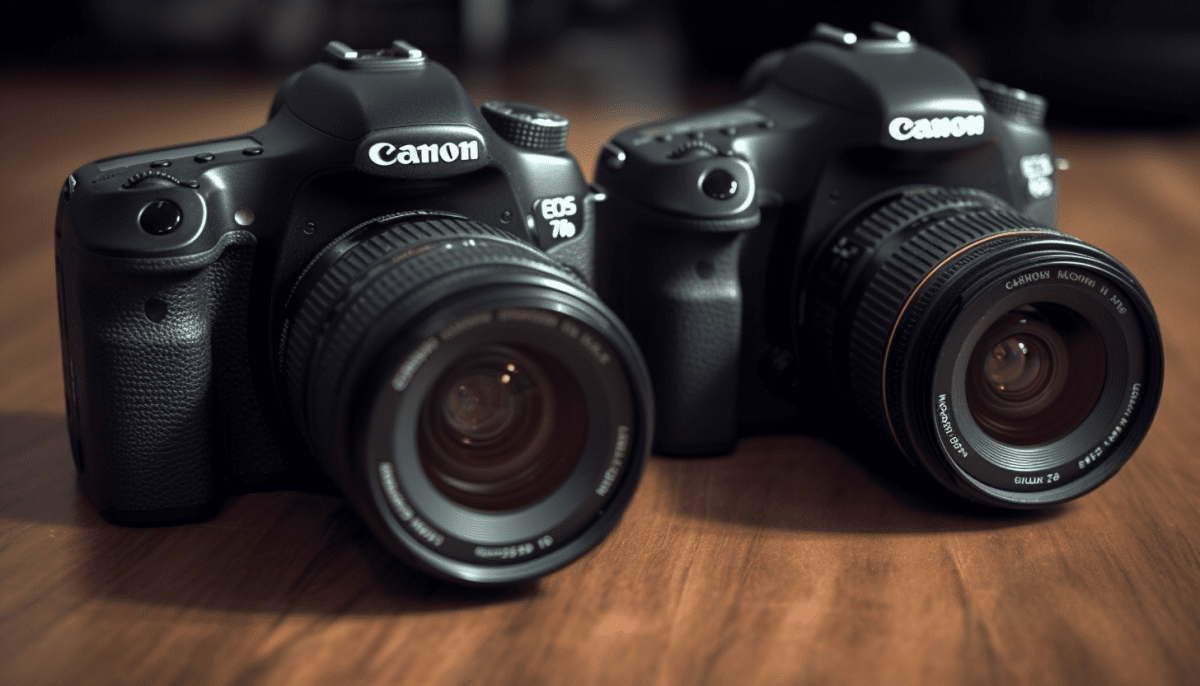Have you heard about mirrorless cameras and wondered what the fuss is all about? Let’s break it down in simple terms. Mirrorless cameras are a type of digital camera that do not use a mirror mechanism, which is a key feature of traditional DSLRs. This means they are usually more compact and lighter, making them a great choice if you're often on the go.
One of the coolest things about mirrorless cameras is their electronic viewfinders. Instead of looking through a lens, you’ll see a digital display that shows you exactly what the camera sees. This can be super helpful because you can adjust settings like exposure and white balance while previewing the changes in real-time.
Another advantage is autofocus. Many mirrorless models have advanced autofocus systems that are fast and accurate, especially for tracking moving subjects. If you love snapping photos of kids playing or animals running around, you’ll probably appreciate this feature.
Battery life is something to keep in mind, though! Because of their electronic viewfinders and screens, mirrorless cameras may need more frequent charging than DSLRs. But, if you’re willing to carry an extra battery or two, that shouldn’t be a deal breaker.
Whether you’re a casual shooter or a budding pro, mirrorless cameras offer plenty of options that can suit your photography style. So, if you’re considering a new camera, it’s definitely worth checking them out!
Understanding DSLRs and Their Benefits
Let’s dive into DSLRs! Digital Single-Lens Reflex cameras, or DSLRs, are popular among both hobbyists and professionals. They use a mirror system to let you look through the lens and see exactly what you’re shooting. This means you get a real-time view of your scene, which can be incredibly helpful, especially in tricky lighting conditions.
One of the biggest benefits of DSLRs is their versatility. You can swap out lenses to match your needs – whether you want a wide-angle for landscapes or a zoom lens for wildlife. Plus, they tend to perform really well in low light, giving you the ability to capture stunning images even when the lighting isn’t perfect.
Another great thing about DSLRs is battery life. They usually outlast mirrorless cameras, meaning you can shoot for longer without needing to recharge. This can be a game-changer on those all-day photo adventures when you don’t want to worry about running out of juice.
If you love feeling a physical connection to your camera, DSLRs also provide a solid grip and are often built to feel sturdy in your hands. The viewfinder is optical, which many photographers appreciate for its clarity and responsiveness. Plus, they often have extensive settings and controls that cater to experienced users, allowing for precise adjustments on the fly.
Key Differences Between Both Options
When deciding between mirrorless cameras and DSLRs, it's key to understand what sets them apart. Here are some of the main differences that can help you make an informed choice:
Remember, the best choice depends on your personal preferences and shooting style. Think about what you'll be photographing and how you plan to use the camera, and let that guide your decision!
Choosing the Right Camera for You
Choosing the right camera can feel overwhelming, especially with all the options out there. With mirrorless cameras and DSLRs being the most popular choices, it really comes down to what you need and how you plan to use it.
If you’re someone who values portability, you might want to lean towards a mirrorless camera. They are generally smaller and lighter, making them perfect for travel or casual shooting. Plus, they often have faster shooting speeds and can produce high-quality images. If you enjoy the idea of snapping shots on the go, a mirrorless might just be your best buddy!
On the flip side, DSLRs have been around for a while and come with a solid reputation. They usually have longer battery life and offer a wider selection of lenses. If you’re into photography as a serious hobby or profession, a DSLR might offer you the versatility you need, especially in low-light situations.
When deciding, think about how you’ll use your camera. Are you looking to capture family moments, travel adventures, or dive deep into photography? It’s all about finding a camera that fits your lifestyle and enhances your photography experience. Don’t hesitate to try out both types—holding them in your hands can really help you feel which one is right for you!

